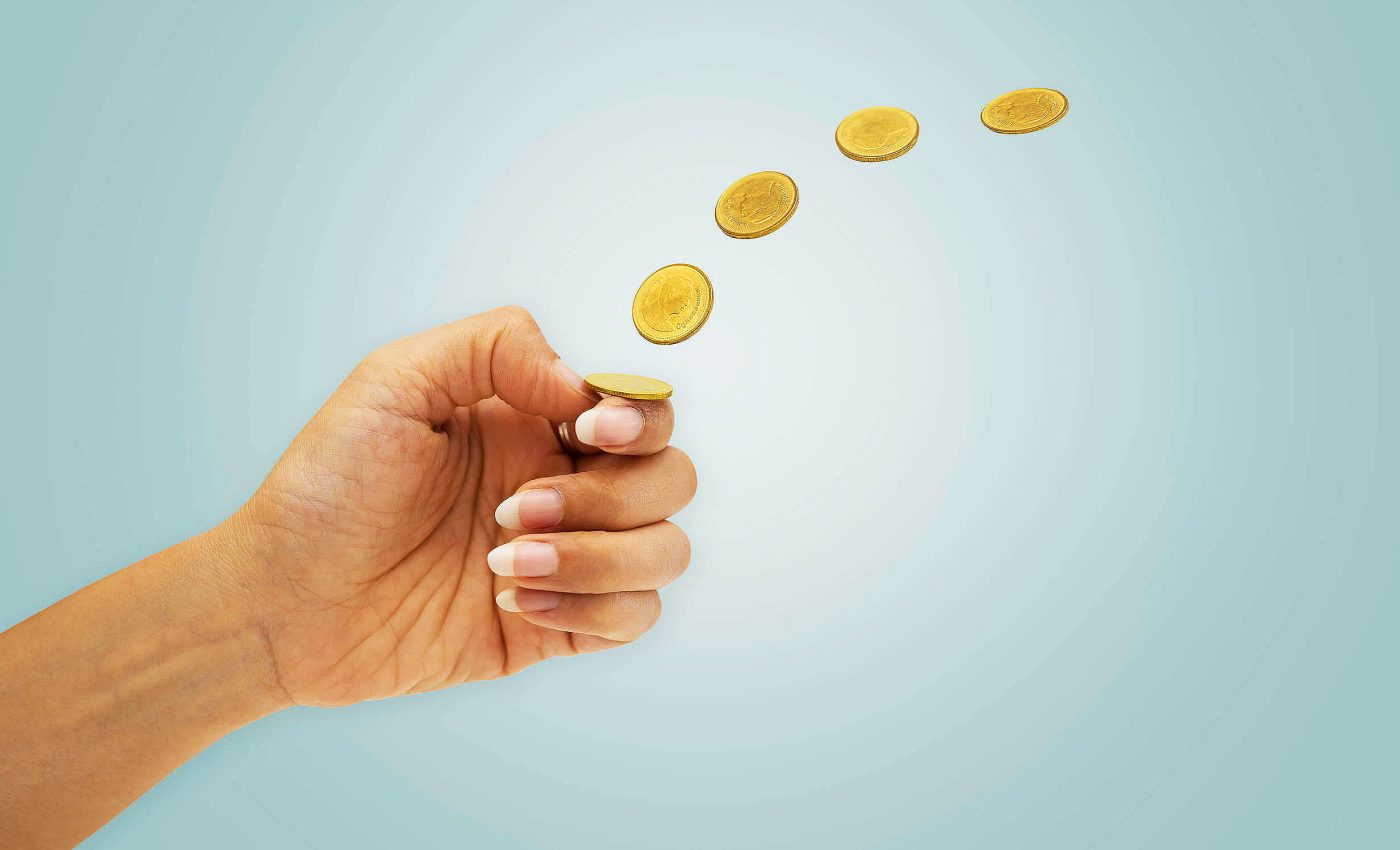
'Flipping a coin' is not a 50/50 random toss up as most people think
For as long as we can remember, a coin toss has been the go-to method for settling disputes, making decisions, or even determining the winner of sports events.
It’s considered a classic example of randomness — a true 50/50 outcome where heads or tails each have an equal shot.
But according to a recent study, it might be time to reconsider how random that toss actually is. It turns out, the side facing up before the toss might have a slight advantage.
The study, led by František Bartoš, a researcher at the University of Amsterdam, challenges our traditional view of coin tosses as pure chance.
According to his team’s findings, there’s a small but measurable “same-side bias.”
Essentially, the coin is slightly more likely to land on the same side that was facing up before the toss. So, if you start with heads, there’s a slightly better chance you’ll end up with heads.
“Same-side bias” explained
For years, we’ve accepted the idea that a coin toss represents true randomness. But Bartoš and his team set out to test that assumption.
Their research, which builds on a physics model proposed in 2007 by Persi Diaconis, Susan Holmes, and Richard Montgomery, shows that the side facing up before the toss can influence the result.
The researchers call this phenomenon the “same-side bias.”
How physics influences coin tossing
The research team analyzed the mechanics of coin tossing and found that the way we flip a coin isn’t as random as it seems.
Their model showed that when people toss a coin naturally, the force and spin they apply tend to favor the coin landing on the same side that started face up.
The 2007 model, now known as the D-H-M model, explained that the bias stems from the angular momentum of the coin during the flip.
Essentially, the coin’s spin makes it more likely to return to its starting position. The chance of this happening was estimated at about 51% — a number eerily close to the 50.8% result found by Bartoš’s team in their recent study.
That’s not a huge difference, but it’s enough to challenge the idea of a coin toss being a purely random event.
Over 350,000 coin flips
To test their hypothesis, Bartoš and his team conducted a massive experiment. They gathered a group of 48 people (almost all of whom were co-authors of the study) and asked them to flip coins from 46 different currencies a total of 350,757 times.
The sheer volume of flips allowed the researchers to observe subtle patterns that would be invisible in smaller experiments.
Their findings were clear: the “same-side bias” holds up across different coin types and human tossers. While the bias is small — just 0.8% over the expected 50% — it was consistent enough to suggest that coin tosses aren’t as random as we’ve believed.
Interestingly, the study also revealed that people vary in how much bias they introduce when flipping coins. Some individuals showed a stronger same-side bias than others, suggesting that personal flipping style might also play a role.
What does this mean for gambling?
This discovery has some interesting implications, particularly for gambling, where even a slight advantage can make a big difference.
In a series of social media posts, Bartoš pointed out that if you knew the starting position of a coin in 1,000 tosses, betting $1 per toss, you could potentially earn $19 — more than the casino advantage in six-deck blackjack against an optimal player, which is about $5.
While the bias is small, it’s still enough to matter in games of chance. In fact, the study shows that knowing the starting side of a coin can give you an edge that’s greater than most players have in blackjack or even some types of roulette.
However, it’s important to note that this bias won’t drastically change the outcome of casual coin tosses. The difference is small enough that it’s unlikely to affect day-to-day decisions made by flipping a coin –whether you’re picking teams or choosing who pays for dinner.
Coin tossing: Still a useful tool?
So, should we stop using coin tosses for decisions? Not necessarily.
While the bias exists, it’s minimal. In practical terms, for the average person, a coin toss remains a fair and simple way to settle disputes. The 50.8% bias is unlikely to significantly sway outcomes in most everyday scenarios.
Still, this research provides a fascinating insight into the mechanics of what we’ve always considered a random process. It shows how even the simplest actions, like flipping a coin, can be influenced by physics.
And while the bias is small, it serves as a reminder that even when things seem random, there’s often a deeper explanation behind them.
In the end, while your coin toss might not be as random as you thought, it’s still close enough that you can trust it for most decisions. But if you’re ever at a casino, you might want to pay attention to which side of the coin is facing up.
The full study was published in the journal arXiv.
—–
Like what you read? Subscribe to our newsletter for engaging articles, exclusive content, and the latest updates.
Check us out on EarthSnap, a free app brought to you by Eric Ralls and Earth.com.
—–













